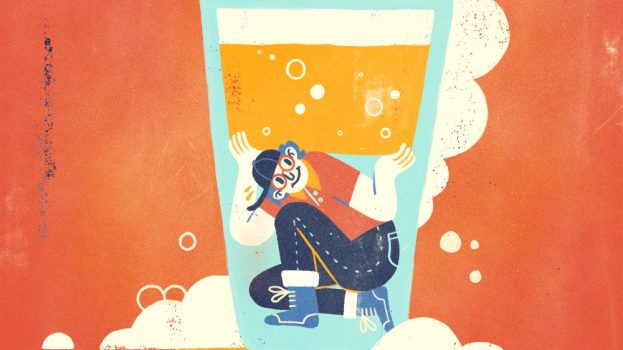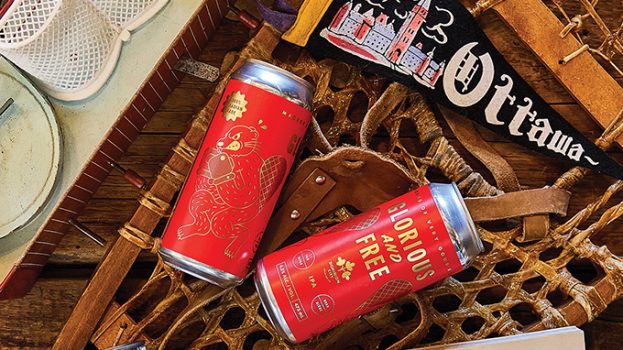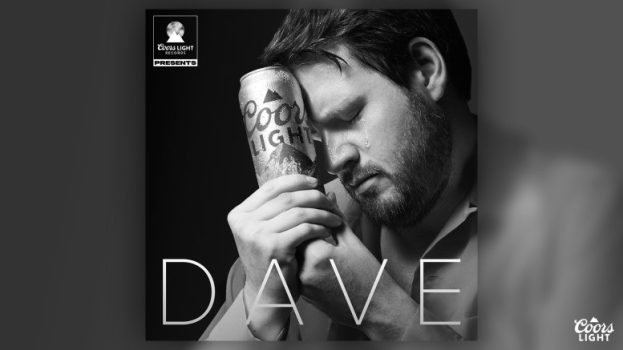Steam Whistle Brewing does things a little different than its craft beer competitors. Where most have built their reputations on experimental flavours and limited-run products, Steam Whistle has only every brewed one kind of beer. The approach has earned the company accolades. And if its founders and marketing team have any say, it will stay that way.
Beer sales are flat in Canada, with craft representing the only growing segment as consumers look for new tastes and styles. Steam Whistle has found success with its pilsner, which, unlike popular hoppy IPAs or flavoured beers, aims for a clean, crisp taste that’s closer to brews like Budweiser, Blue and Canadian.
Much has been said lately about stepping away from short-term business goals in favour of long-term brand building. Strategy grilled Steam Whistle’s co-founder Greg Taylor and his senior marketing team members (Bromlyn Bethune, director of sales and marketing; and Sybil Taylor, communication director) about what benefit they see in forgoing the popular experimental beers that have made the craft segment successful in favour of mastering their single product.
You guys make only one beer: a pilsner. After 20 years, you have great brand strength, but are you leaving money on the table by not diversifying into even one other brew?
Greg Taylor: That’s the attractive option that every single craft brewery on the continent has gone for. We’re different because we’ve said no to that. We may be leaving money on the table, and in fact we’re fine with that. We want to do that. It leaves us in the position of getting better and better at making our pilsner.
Bronlyn Bethune: It’s about aiming for perfection and taking time to do that, not getting distracted by another style or variety. If you want to strive for excellence, and be masters of something, you have to focus on doing one thing.
What are the business benefits to focusing this way?
Sybil Taylor: There are 680 breweries in Canada and say each one of them makes 20 beers; you can imagine the competition for taps [in bars and restaurants]. Our sales guys only have to ask for one. They’re not forcing the bar to take a whole line of products, some of which can be stronger than others. You’re offering one winner to the bar. You’re limited in terms of the style you’re selling, but it’s a surer thing for the restaurant. There will be better inventory turnover so the product will be fresher. And we’re not diluting our resources and distracting ourselves with new brands. We’re not investing in new packaging materials and marketing every few months.
























